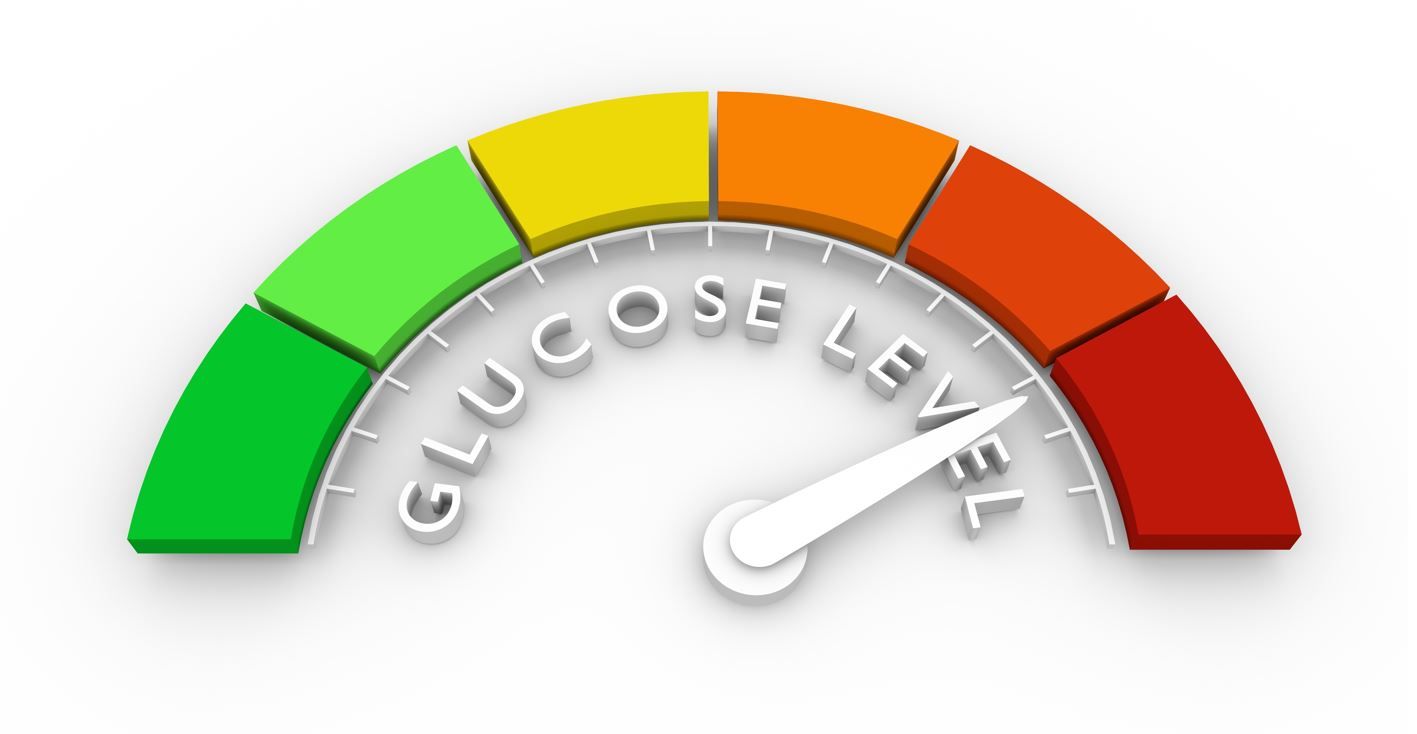- Clinical Technology
- Adult Immunization
- Hepatology
- Pediatric Immunization
- Screening
- Psychiatry
- Allergy
- Women's Health
- Cardiology
- Pediatrics
- Dermatology
- Endocrinology
- Pain Management
- Gastroenterology
- Infectious Disease
- Obesity Medicine
- Rheumatology
- Nephrology
- Neurology
- Pulmonology
CGM-derived Time in Range Found Similar to A1c for Predicting Microvascular Complications in T2D
Use of continuous glucose monitoring to assess time in target glucose range in T2D patients was evaluated in a systematic literature review covering ~14 000 participants.
©JEGAS RA/stock.adobe.com

Time spent in target blood glucose range as measured by continuous glucose monitoring (CGM) may help predict risk for microvascular complications among patients with type 2 diabetes (T2D).
The suggestion is based on findings of a recent systematic literature review that evaluated results of 11 studies with a total of nearly 14 000 participants to parse the association of CGM-derived time in range (TIR) and microvascular complications including diabetic nephropathy, diabetic peripheral neuropathy, and diabetic retinopathy.
Investigators write in BMJ Open Diabetes Research and Care that, to their knowledge, this is the first systematic review to examine the specific relationship and to compare its use to that of A1c for predicting microvascular complications in this patient population.
The researchers conducted a comprehensive literature search of PubMed, Scopus, and Web of Science databases for English language full-text original articles that evaluated the association between CGM-derived TIR and risk of microvascular complications published between 2010 and June 2021.
The initial search identified 110 publications for possible inclusion. After exclusion of duplicates and further screening, 11 articles were included in the systematic review.
A total of 13 987 patients were included across the 11 studies; median study sample size was 466 (range: 105-5901, IQR: 616). Ten of the included studies were cross-sectional and 1 was an interim analysis of an ongoing prospective observational study. Mean age across participants was 59.3 (SD, 1.3) years; mean baseline A1c was 8.2% (SD, 0.5%); and the mean duration of diabetes was 11.3 (SD, 1.0) years.
Diabetic retinopathy. Four of the cross-sectional studies evaluated the association between TIR and diabetic retinopathy. Summarizing data from this group of studies the authors found that a 10% increase in TIR was associated with a reduction in severity of diabetic retinopathy and that increasing TIR was associated with a decrease in the severity of the complication. Using CGM-derived TIR, they added, was similar to using A1c for predicting diabetic retinopathy in T2D patients.
Diabetic nephropathy. A second group of 4 studies examined the association between TIR and diabetic nephropathy. Among these, 2 showed a decrease in severity of albuminuria with a 10% increase in TIR; 1 showed increased TIR associated with lower risk of macroalbuminuria and diabetic kidney disease and 1 demonstrated a decrease in UACR but not eGFR with increased TIR. As observed with diabetic retinopathy, TIR as measured by CGM was similar to A1c for predicting diabetic nephropathy.
Diabetic neuropathy. A total of 7 studies assessed the relationship between TIR and diabetic neuropathy while 4 studies examined TIR and diabetic painful neuropathy. Analysis of these studies indicated increased TIR was associated with a decrease in the prevalence and severity of diabetic painful neuropathy and cardiovascular autonomic neuropathy. Specifically, TIR >70% was associated with significantly lower prevalence of DPN compared with TIR <70%
“CGM provides more comprehensive glucose data beyond A1c, is convenient for the patients, and has shown promising evidence supporting improved glycemic control and quality of life among patients with diabetes,” wrote investigators. They conclude that their findings support a significant association between CGM-derived TIR and microvascular complications in patients with T2D and also recommend a larger multicenter investigation that includes “more diverse participants” to further validate the utility of the measure.
A key limitation to the systematic review, they note, is the dearth of available studies evaluating the association between CGM-derived TIR and microvascular complications and the quality of those studies.
Reference: Raj R, Mishra R, Jha N, et al. Time in range, as measured by continuous glucose monitor, as a predictor of microvascular complications in type 2 diabetes: a systematic review. BMJ Open Diabetes Research and Care. 2022;10:e002573.doi:10.1136/bmjdrc-2021-002573
